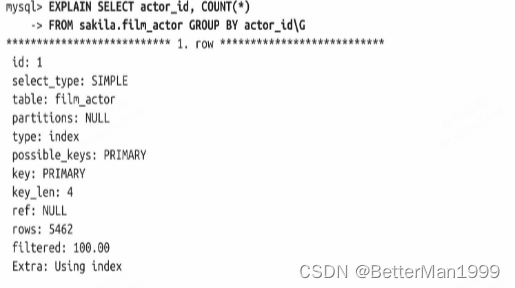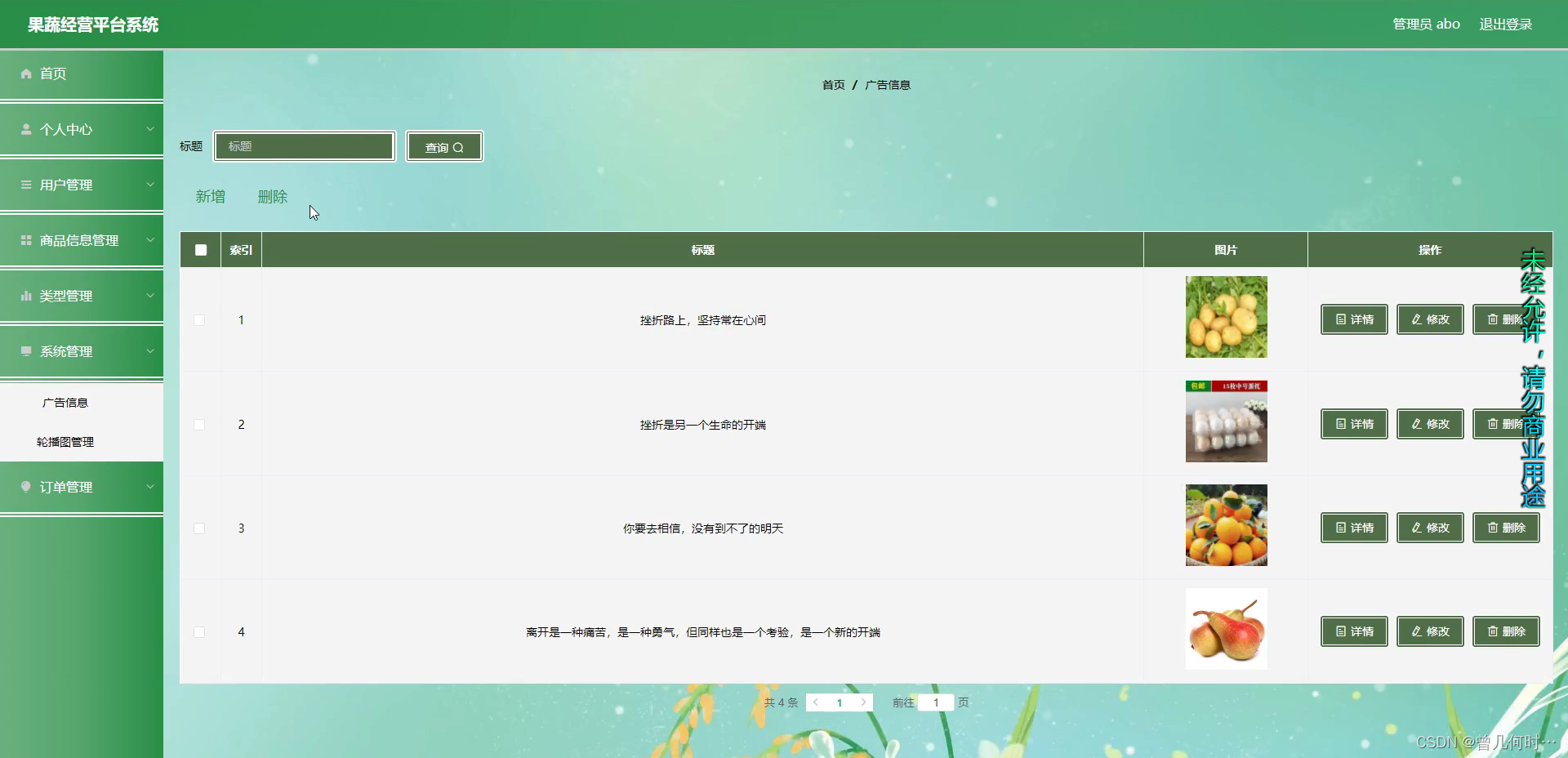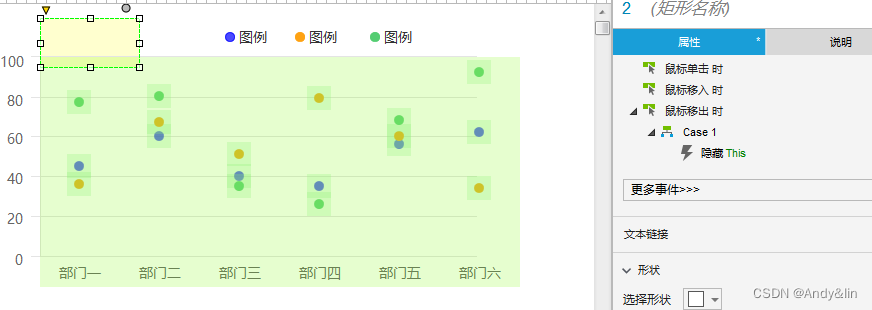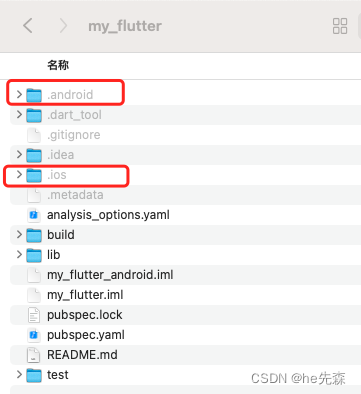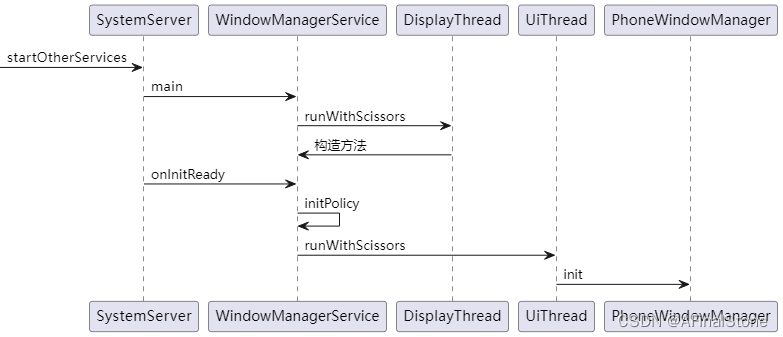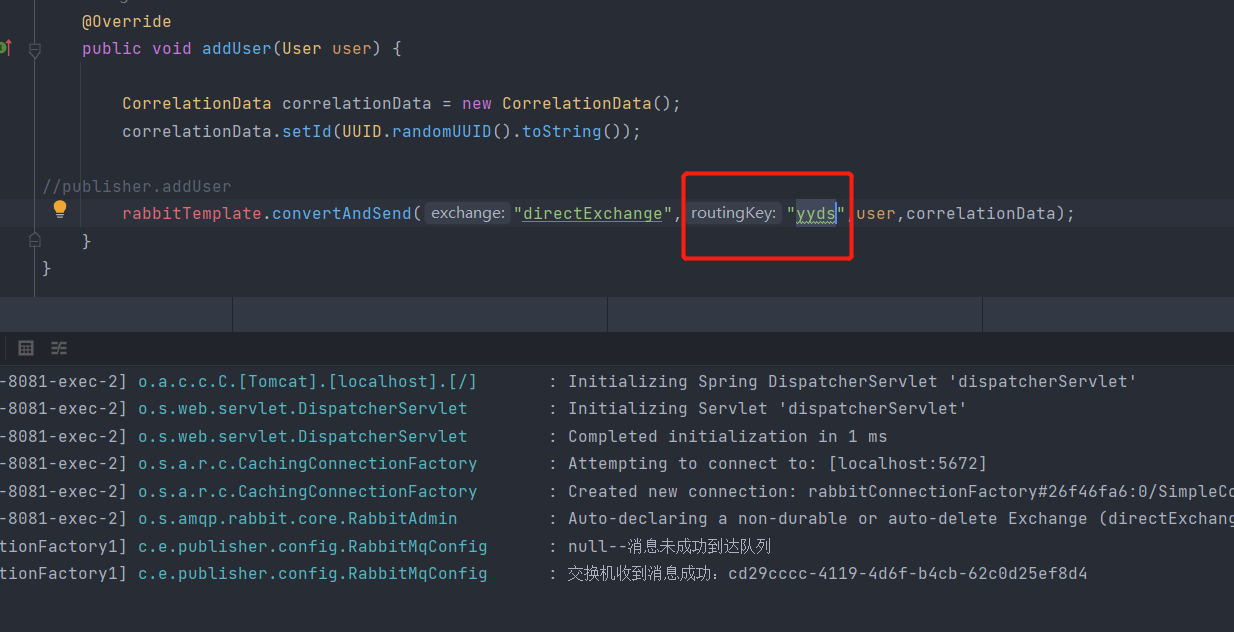stack
stack是一种容器适配器,专门用在具有后进先出操作的上下文环境中,其只能从容器的一端进行元素的插入与提取操作。

stack的定义方式
方式一: 使用默认的适配器定义栈。
stack<int> st1;
方式二: 使用特定的适配器定义栈。
stack<int, vector<int>> st2;
stack<int, list<int>> st3;
注意: 如果没有为stack指定特定的底层容器,默认情况下使用deque。
stack的使用
stack当中常用的成员函数如下:

示例:
#include <iostream> #include <vector> #include <list> #include <stack> using namespace std; int main() { stack<int, vector<int>> st; //stack<int, list<int>> st;//用的list容器 //stack<int> st //默认用的是deque容器 st.push(1); st.push(2); st.push(3); st.push(4); cout << st.size() << endl; //4 while (!st.empty()) { cout << st.top() << " "; st.pop(); } cout << endl; //4 3 2 1 return 0; }
queue
队列是一种容器适配器,专门用在具有先进先出操作的上下文环境中,其只能从容器的一端插入元素,另一端提取元素。

queue的定义方式
方式一: 使用默认的适配器定义队列。
queue<int> q1;
方式二: 使用特定的适配器定义队列。
queue<int, vector<int>> q2;
queue<int, list<int>> q3;
注意: 如果没有为queue指定特定的底层容器,默认情况下使用deque。
queue的使用
queue当中常用的成员函数如下:

示例:
#include <iostream> #include <vector> #include <list> #include <queue> using namespace std; int main() { queue<int, list<int>> q; //queue<int, vector<int>> st;//用的vector容器 //queue<int> st //默认用的是deque容器 q.push(1); q.push(2); q.push(3); q.push(4); cout << q.size() << endl; //4 while (!q.empty()) { cout << q.front() << " "; q.pop(); } cout << endl; //1 2 3 4 return 0; }
C++STL— stack和queue的介绍及使用内容到此介绍结束了,感谢您的阅读!!!
如果内容对你有帮助的话,记得给我点个赞——做个手有余香的人。感谢大家的支持!!!



